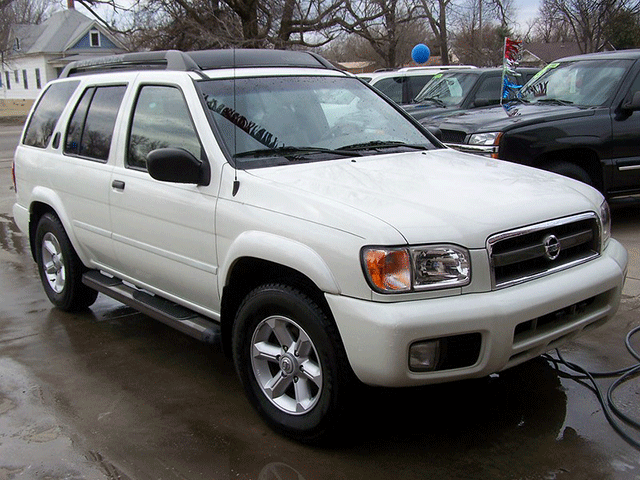A car is a considerable investment, so it’s essential to get a good trade-in price. Don’t be lured by the dealership’s low offer for your vehicle—it might not be as good as you think.
It may sound like common sense, but there are many reasons why buyers will try to fool you into thinking they’re giving you more than what your vehicle is worth.
We’ll tell you about five of those reasons and how to avoid them so that when it comes time to sell or trade-in your used vehicle, you can get the most money possible.
Table of Contents
Get Different Quotes
Getting a reasonable trade-in price is like getting a quote for anything else. You can go to one person, or you can get multiple quotes and compare them.
If you’re getting the best price for your used vehicle, it’s essential to get quotes from different places. Factors like mileage, make, model, the car’s condition, and other features will determine how much your vehicle is worth. It may help to look at current used car prices to see what a car like yours is fetching at a dealership.

Get Your Vehicle Appraised
The easiest way to find out what you should be offered at the dealership is by having an appraisal done before you even start negotiating.
The dealer will do everything they can to convince you that their offer is better than what another place would give you because their main concern is selling cars—not making sure you get a good deal on your trade-in.
But if you don’t know what to expect, they can pretty much say anything, and it’ll be tough for you to tell the truth from the lies.
Avoid Common Dealer Tricks
Once you’re ready to start negotiating with the dealership, there are some common tricks that dealers might pull so they can give you as little as possible of your vehicle’s worth.
One trick would be for them to try and convince or intimidate you into selling sooner than later, which will decrease how much your car is worth because more people want newer vehicles rather than old ones.
Fix Up Your Trade-In
If your car isn’t in the best condition, consider getting it fixed before negotiating with the dealership.
You can take your vehicle to a mechanic beforehand and get it repaired and detailed so that the dealer can’t use the fact that your car is in poor condition as a reason to give you a low offer.
When you fix up your vehicle, make sure you tell the person helping you at the dealership precisely what was done to your car—even down to how many miles were driven since getting it serviced. The more information they have, the better equipped you’ll be to negotiate a reasonable price.
Don’t Get Emotional About Your Trade-In
You paid thousands of dollars for your vehicle, and now it’s time to trade it in. It’s easy to become attached and emotional about handing over your used car and accepting less than what it’s worth.
But you need to keep in mind that this is a business transaction, and the dealership isn’t going to give you what your car is worth just because you feel like it should.
If taking time to think about it makes you want to back out of the deal, then maybe the trade-in wasn’t such a good idea. You can always sell or trade-in your old vehicle on your own by posting an ad online or submitting it directly to Craigslist.
Conclusion
With these tips, there’s no doubt that dealerships will try everything they can to give you the least amount of money possible for your used vehicle so that they can make more money on the sale.
However, with our advice, you’ll be able to avoid all of those tricks and get the best trade-in value so that you have more money to put toward your new vehicle purchase or anything else you have planned for yourself.













